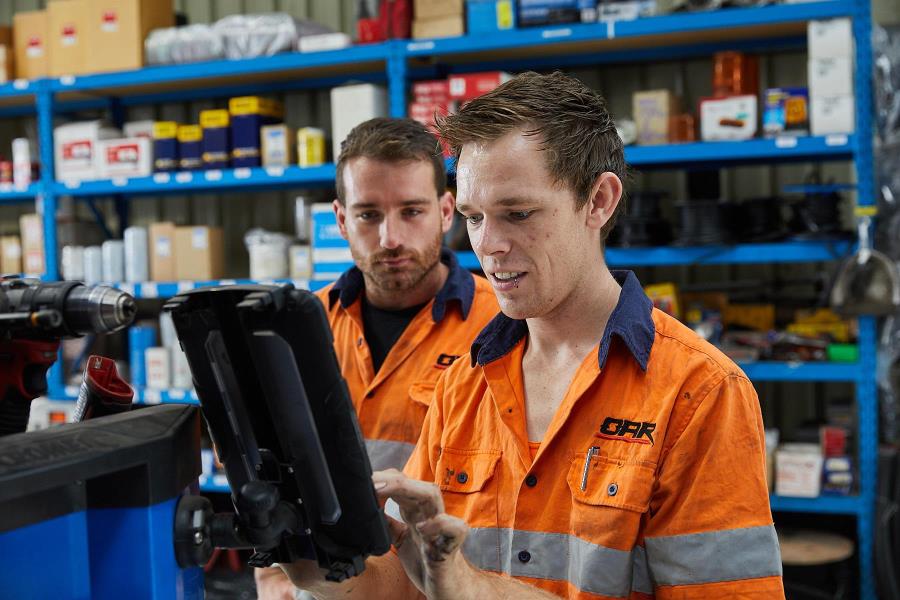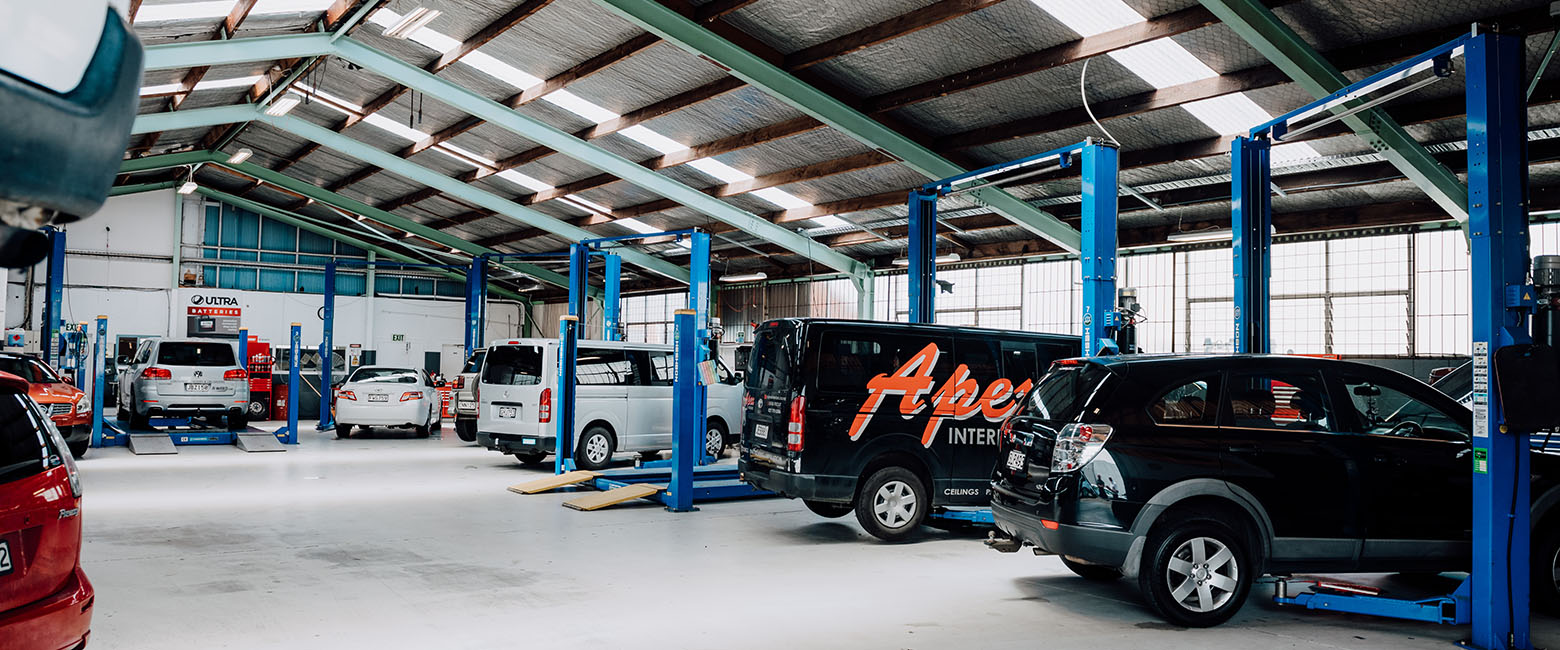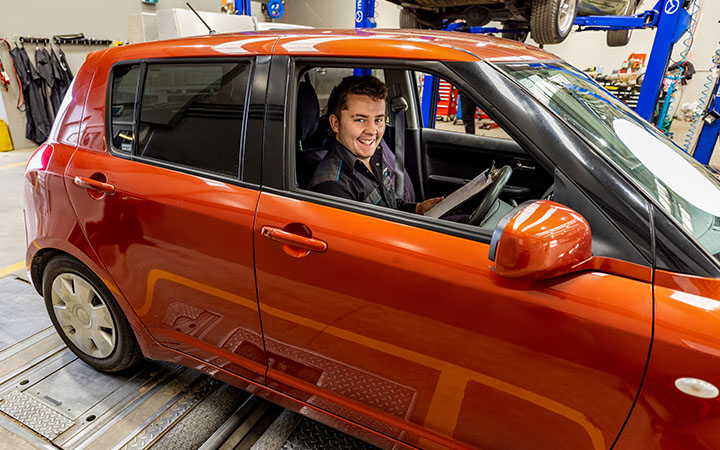The impacts of Covid-19 on businesses in the automotive aftermarket, including workshops, will continue for years to come, a major new report argues.
The report, Making Every Part Count, from the analysts at McKinsey and Company, looks at disruptions in the automotive aftermarket for light vehicles until 2030. It uses an analysis of the technological trends impacting 100 key vehicle components to forecast probable effects on workshop revenues.
The impact of coronavirus on the automotive aftermarket
The verdict? While we might feel like we’ve weathered the worst of the economic storm of Covid-19, the fallout is going to be with us for quite some time—and workshop owners need to be prepared.
“We know from previous experience that the aftermarket is typically hit less severely by economic downturns than other industries, due to its robust market drivers that deliver mostly stable results, even during crises,” the report states.
“This time, however, is different. Unlike previous economic downturns, which particularly impacted gross domestic product (GDP), Covid-19 introduced additional dynamics that influence the underlying drivers of the aftermarket.”
The McKinsey analysts suggest five key positive economic effects, or tailwinds, of Covid-19 so far and five key negative effects, or headwinds.
The headwinds caused by Covid-19
McKinsey reported the headwinds introduced during the pandemic included fewer vehicle kilometres being travelled, fewer collisions, lower foot traffic in conventional stores (including parts retailers), and Government subsidies for EV new car purchases.
“Government-mandated lockdowns have significantly reduced vehicle movements,” the report says. “Fewer miles travelled has meant both less wear and tear and fewer collisions (approximately 50 per cent fewer), which in turn has led to a lower demand for maintenance. It is evident that the crisis has also caused some consumers to delay their existing maintenance needs.”

The other new headwind is GDP. The report uses European and American data to assume a 10 to 15 per cent drop in GDP, and while the Australian and New Zealand economies have recovered swiftly since the recessions of 2020, experts warn that could still slow once community transmission of the virus is higher (in other words, when the countries “open up”).
“Given that aftermarket automotive parts sales are highly connected with GDP, this is expected to have negative implications for the automotive aftermarket,” McKinsey reported.
Potential economic positives of the pandemic for auto businesses
Now, the good news. The suggested tailwinds for the automotive aftermarket include a decrease in public transport use, increased momentum in the used car market, people having more time for DIY vehicle improvement activities, government stimulus interventions (like JobKeeper in Australia), and an increasing willingness to embrace e-commerce and online sales.
“In an optimistic scenario the maintenance that was delayed in 2020 will take place in 2021, which puts the market on a clear path toward meeting the revenue numbers for 2025 that were forecast before Covid-19,” McKinsey claims.
“In a severe scenario, this ‘return to normal’ is delayed a few more years.
“While the aftermarket is expected to rebound post-2020, the growth outlook could be weakened due to economic fallout in the other challenging market factors listed. Nevertheless, positive trends, such as higher average vehicle age, could balance this effect in the medium term.”
What happens now?
While McKinsey didn’t look specifically at Australia or New Zealand in their report, it’s clear from their analysis that the wildcard for us in the southern hemisphere is going to be what happens when our countries open up. While many workshops and suppliers have weathered the storm of Covid-19 well so far, a lot will depend on how well the next stage of pandemic management goes.

